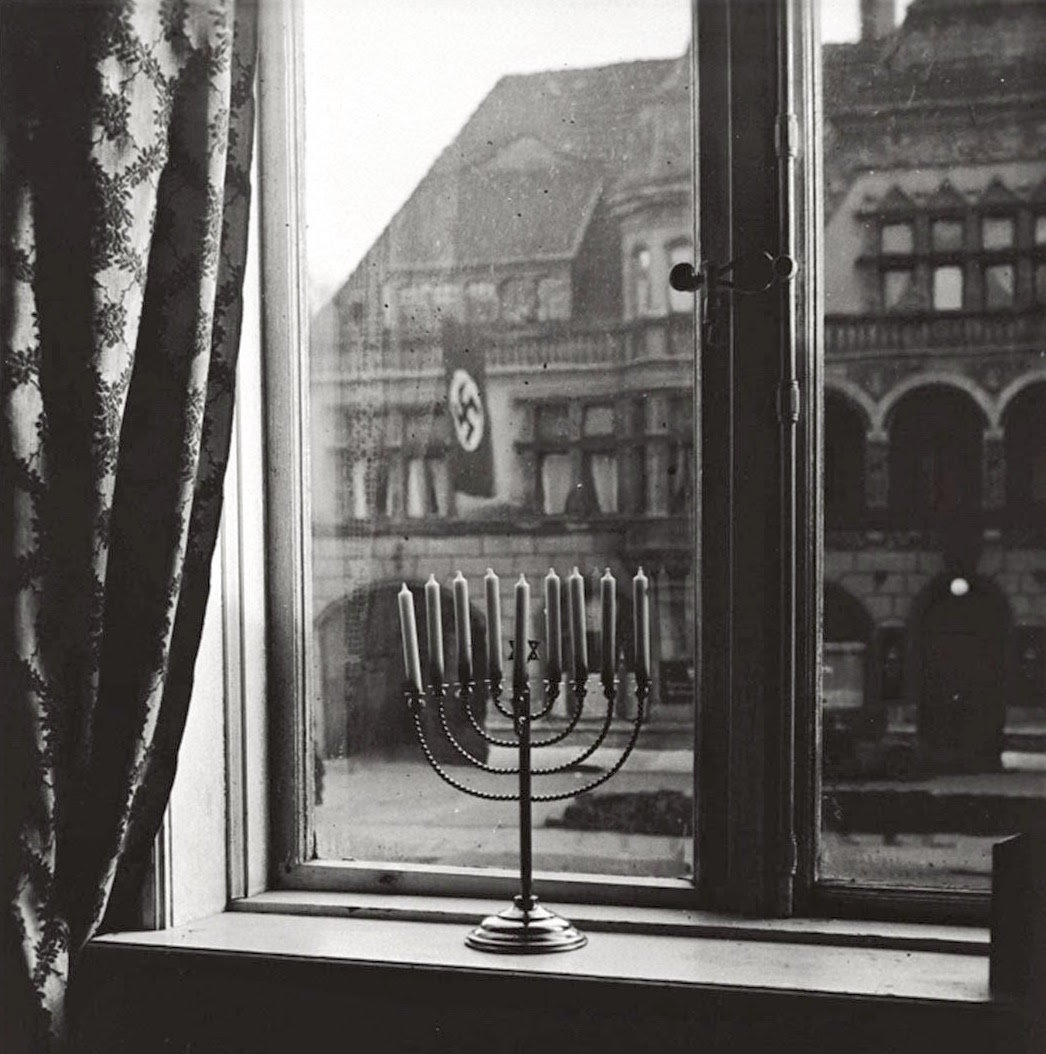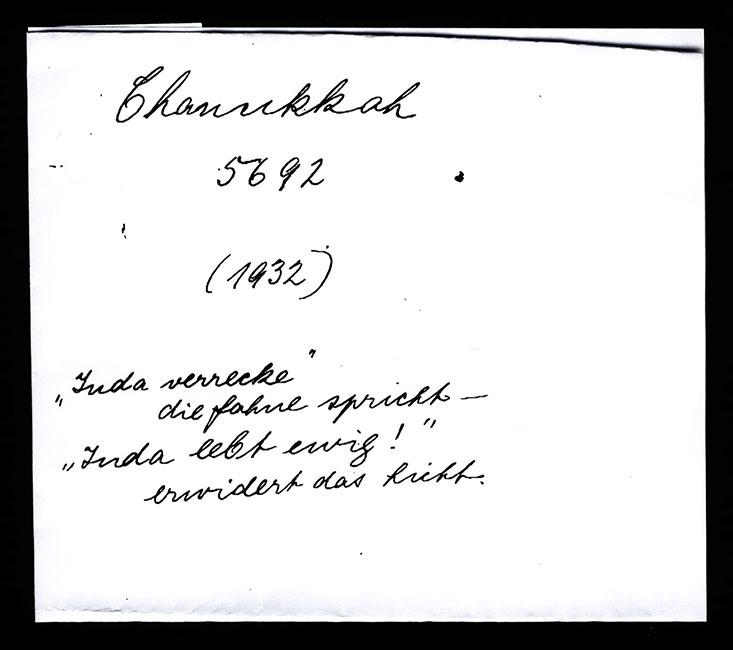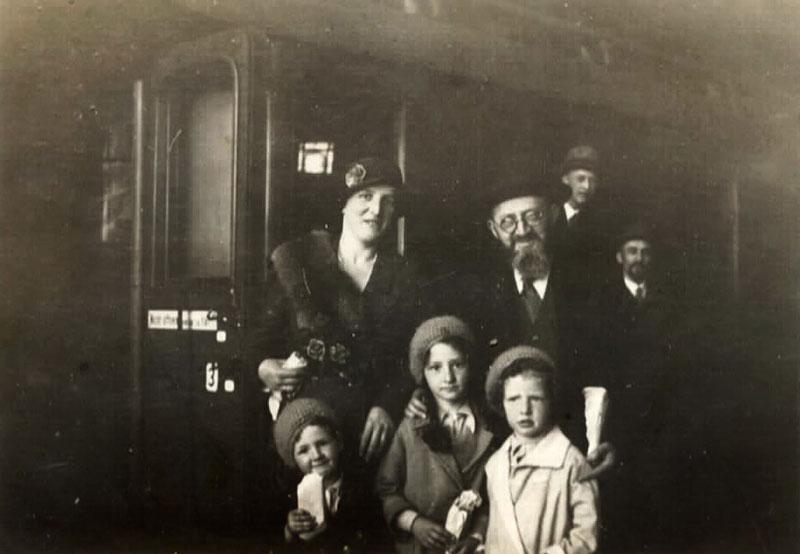Summary: We begin the cycle of Yosef, and this cycle takes over the rest of the book of Genesis.
Yaakov settles (vayeshev) with all his family and is clear about his preference for Yosef. Yosef has dreams of greatness, his brothers are envious and plot to kill him, but end up selling him into slavery. The brothers dip Yosef’s special coat in the blood of a goat and show it to their father, leading him to believe that his most beloved son was devoured by a wild beast.Yosef is taken to Egypt and sold to Potiphar and ends up thrown into prison when he refuses to commit adultery with Potifar’s wife. In prison, Yosef meets Pharaoh’s chief butler and chief baker, both incarcerated for offending their royal master. Both have disturbing dreams, which Yosef interprets; in three days, he tells them, the butler will be released and the baker hanged. Yosef asks the butler to intercede on his behalf with Pharaoh. Yosef’s interpretations of the dreams are fulfilled, but the butler forgets all about him and does nothing for him.
==
Chanukah and the story of Yosef are always together, because of the vagaries of the Jewish calendar. In our reading, Yosef has two important dreams, the sheaves and the stars, that correspond to the two dreams of Pharaoh, with cows and ears of grain. But looking at how the Torah describes the four dreams, there is a marked distinction: Pharaoh is drescribed as awakening from the dream, but not Yosef. And so, commentaries abound, some affirming that Yosef was daydreaming and some saying that he was having a prophetic vision. Hold on to that thought.
Now, one of the big questions regarding chanukah is why we celebrate it for 8 days. If the Maccabees found a jug with enough oil to last for one day and the oil lasted for extra seven days, the miracle itself was seven days long. Why then is Chanukah celebrated for eight days?
One answer that is given (by R’ David Halevi z”l, the “Taz”) is that miracles always involve making something-out-of-something (“yesh mee’yesh”), not something-out-of-nothing. For example, we read in II Kings (chapter 4) that the prophet Elisha did a miracle with oil: he made a small amount of oil to fill dozens of jugs in order to save the children of a widow from slavery. She was so poor that the only thing she had was a bit of oil, and so he could cause the oil to “multiply” miraculously.
Similarly, writes the Taz, in order for the oil to “multiply” and last for eight days, there had to be a drop left at the end of the first day. And that is why the mircle in his view is eight days, because there was a bit left, and so the miracle did happen in the first day as well – the miracle of a little bit, of a tad extra. Like hope – there is always a bit left, even in the darkest of moments.
Now look at this picture. By now it’s an iconic picture, and many people have seen it. Yad Vashem distributed it in the internet. It was taken by a woman, Rachel Posner, in a city called Kiel, in Germany, on 1931.
It was an erev Shabbat, the final, eighth day of Chanukah; so the chanukyiah filled with all eight candles and before sundown. It’s framed by the window of an apartment. Just across the way, in the apartment building facing it, unfurled from another window, is the Nazi flag. The two symbols are having a silent conversation. This photo is from 1931; the Nazis hand not yet risen to power, but the threat was acutely felt by the woman, Rachel Posner, who snapped the shot. Her husband, Rabbi Dr. Akiva Posner, was the rabbi of the small town of Kiel.
In looping German script, Rachel Posner writes in the back of the photo: “Chanukah, 5692. ‘Judea dies,’ thus says the banner. ‘Judea will live forever,’ thus respond the lights.”
And so even though it looks like Rachel Posner is dreaming with our people continuing, I want to wager that at times it did not feel like that. Just as Yosef in the pit, or in the prison, was left wondering about his future and hoping beyond hope, so too many Jews after 1933 were left wondering if our people would actually make out of this. But, says the tradition, Yosef was a prophet – and maybe those dreams, dreamed so long ago, gave him hope. Where does Rachel Posner’s hope comes from? I don’t know, but I could guess is an unshakable faith in the Jewish people itself, in our strength, in our resilience.
And today, we too need to answer the question: How do we go on? How do we transmit Judaism to the next generation? What is the power of our Jewish rituals and continuity?
Today we take the Jewish traditions of Torah study, Shabbat and circumcision for granted, but in the context the Maccabees were living in, it was not so. Had they not fought and rebelled, and lived through this miracle, Judaism could have been lost forever.
Our challenges are different than the Maccabees and the Holocaust. But our hope and faith in the Jewish people is the same. And it is up to each of us to light the chanukyiah and find a new mitzvah, a new form to bring light into this world, and do our part – just as the Maccabess did, and just as Rachel Posner did.
And here is a picture of the back of the photo. And a picture of the family as they left Germany in 1933 for Eretz Israel.


